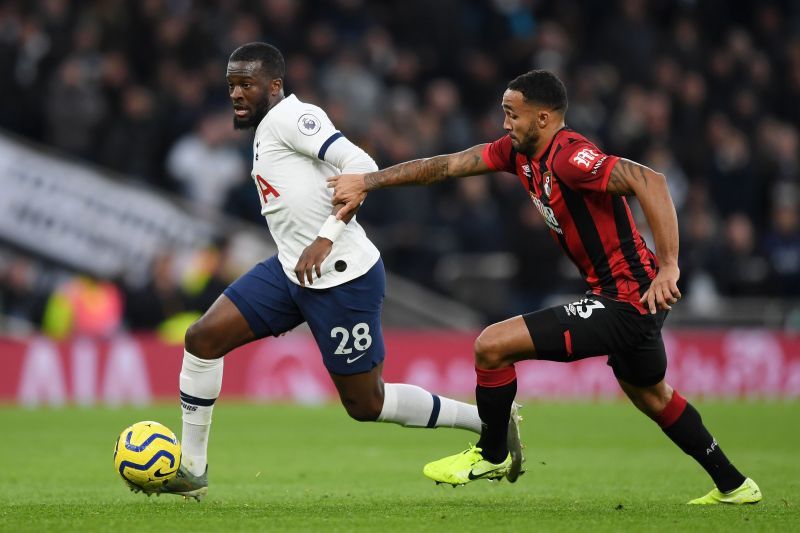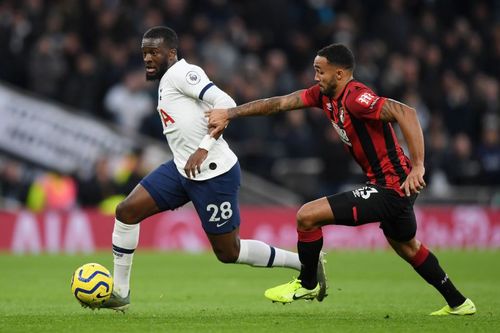
Ranking each Premier League team's most important player during build-up play in 2019-20 using data analytics: Part 4

The final part of this 4 part series, Part 4 takes into account the last 5 PL teams, based on alphabetical order, and the figures that are central to their build-up play. (Links to Part 1 Part 2 and Part 3).
The only way to win a football match is to score more goals than your opponent. That’s criminally oversimplifying a complex game but you get the gist of it. Scoring goals is paramount. No wonder attacking players command the highest transfer fees and wage packages.
But is all that acclaim justified? The highlight reels of matches usually just concentrate on the goals or the passes that led to the goal. But what about the build-up to a goal? Isn’t that equally important? Historically, valuing a player’s contribution to the build-up of a goal was difficult, to say the least, but with the advent of new data metrics, it has now become relatively easier and more intuitive. One such metric is xGBuildup.
xGBuildup allows teams and fans alike to put a number to the contribution by a player leading up to a goal. xGBuildup came into existence due to xG or expected goals.
xGbuildup can be explained using an example. Let’s consider the goal Christian Eriksen scored against Manchester United on 31st Jan 2018 (Video for the goal starts at 0:48 in the tweet below).
This is how the ball progressed.
Dembele => Vertonghen => Kane =>Alli (assist) => Eriksen (goal).
Let’s assume that the expected probability of the goal being scored under those particular circumstances (i.e. from that distance, angle etc) by Eriksen is 0.4 or in other words, the xG of that goal is 0.4.
Formerly, only Eriksen would have been rewarded with an xG of 0.4. But now, xGBuildup can reward the players who were involved in the build-up to this goal (or for that matter even in the build-up for any passage of play that just ended up in a shot).
In this passage of play, every player involved but the player who provided the pass that leads to the goal and the player who scored is rewarded. That is, in this case, Dembele, Vertonghen and Kane are all rewarded with a +0.4 in their xGBuildup tally. According to StatsBomb, xGBuildup can be calculated in the following manner:
1. Find all the possessions each player is involved in.
2. Find all the shots within those possessions.
3. Sum the xG of the shots
4. Assign that sum to each player, however, involved they were.
As illustrated in the example of Eriksen’s goal above, xGBuildup is found for every shot taken by a team.
Hopefully, this example helps in understanding xGBuildup and its value as a statistical metric. (This statistical metric can be used by teams to smother their opponent’s attacks by marking their most important player, during their build-up play, out of the game. This can have a lasting effect on the game, as Jorginho himself has admitted more than once)
But using the raw xGBuildup metric without normalising it over 90 minutes would produce biased results and defeat the purpose. This is because xGBuildup value for a player who has been on the pitch for a longer time will tend to be greater.
To redress the balance, we divide a player’s “xGBuildup” value by his “Total Minutes Played” value to get xGBuildup/Total Mins. Post this, we can multiply this value by 90 to get xGBuildup/90 or xGBuildup Per 90 minutes.
xGBuildup/90 = (xGBuildup/Total Minutes Played) * 90
For the sake of continuity when it comes to the previous parts of this series, we consider only the first 21 EPL games that a team played. That’s a maximum total of 1890 minutes (21*90, excluding extra time). To make sure we don’t encounter any outliers or players who weren’t regularly involved, any player who appeared for his club for less than 800 minutes (out of a possible 1890) was excluded from this list. This means that all the players in this list have at least 800 minutes under their belt this season.
So here it is (the teams appear in alphabetical order). Listing every Premier League team’s most important player during their build-up of play in this season.
#16 Southampton – James Ward-Prowse – xGBuildup Per 90: 0.286

Ward-Prowse was still a few months shy of 17 when he made his debut for Southampton. Unlike his famed academy counterparts who ended up leaving the club for greener pastures, Ward-Prowse has stuck around. Only Ryan Bertrand has played in more games than Ward-Prowse has since the beginning of the 2014/15 season and only Bertrand and Romeu have played more minutes than he has in that time.
This season, he has been more consistent than ever before. Ward-Prowse, the Saints’ vice-captain, has already started more games this season than he had started in any other campaign before. He’s one of only 7 outfield players to have played every minute of their PL campaign this season.
He’s become more involved in the buildup play, going up from an xGBuildup of 0.192 last season to 0.286 this one, an increase of 49%. A major constituent of this rise has been his audacious long balls. He completes 0.5 long key passes in the PL, the 17th most by any player. Also, for all the players that have more than 9 appearances in the PL, he has the 13th highest tackles won per 90 minutes.
An overlooked aspect of his game, Ward-Prowse’s crosses can often cause havoc in the opponent’s penalty box. His accuracy and intelligence to pick out the right person at the right time meant that his team-mates often probed for him so that he can cross the ball into the penalty box. No wonder he attempts 6.75 crosses Per 90, 8th most in the PL for any player with more than 900 minutes.